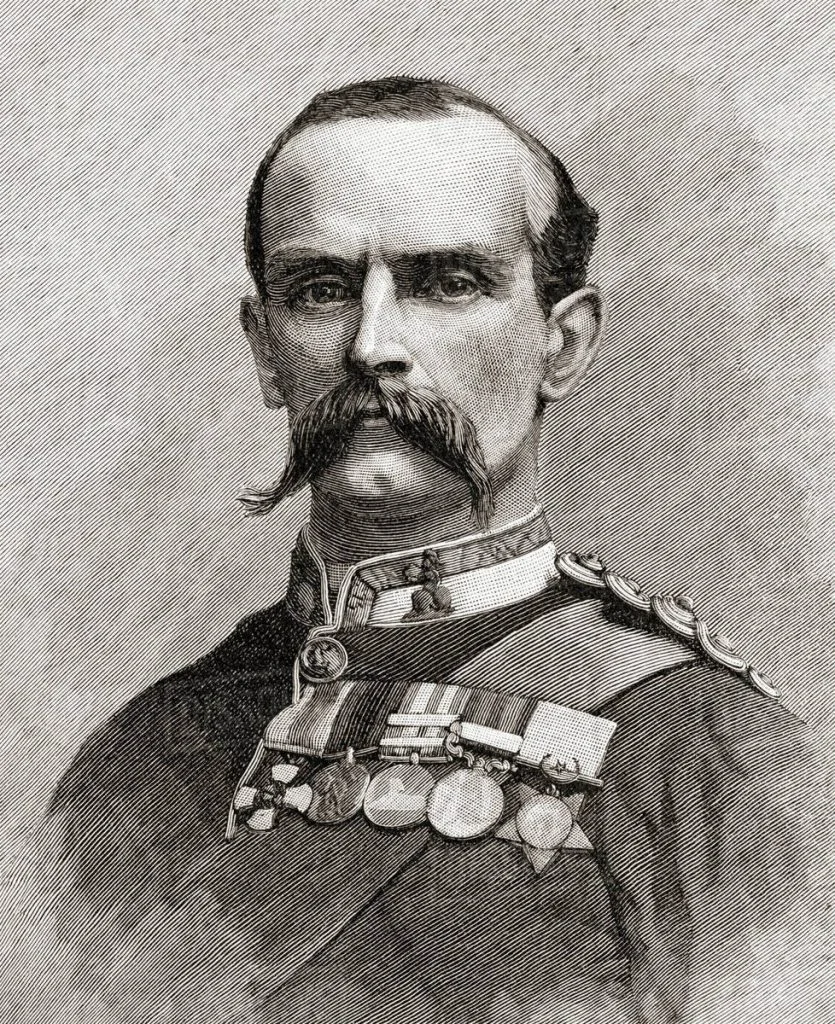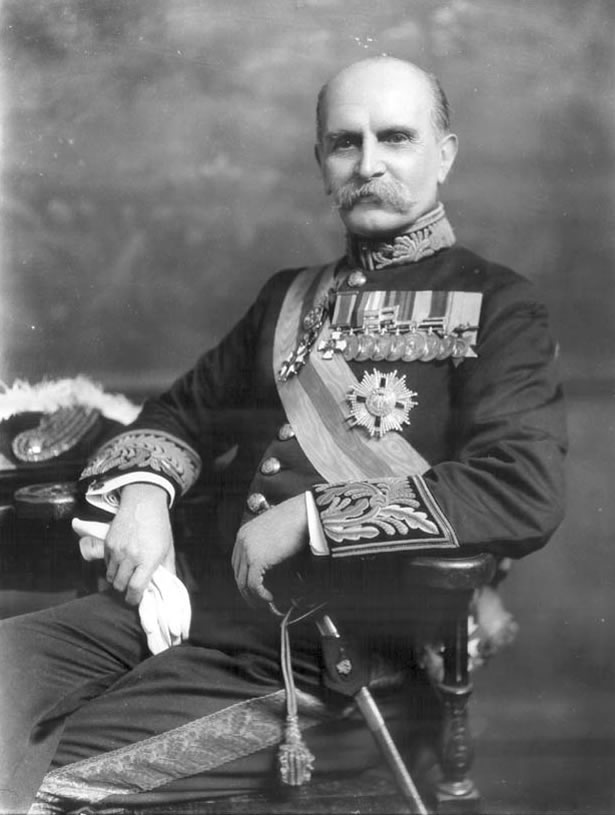Nollywood icon Genevieve Nnaji has fired off a sharp response after a man on X (formerly Twitter) advised Igbo men to stop marrying Igbo women and instead seek wives from other African countries.
The controversy began after a photo of a Rwandan woman said to be engaged to an Anambra man went viral.
Resharing the image, the user wrote, “Dear Igbo men, instead of marrying an Igbo woman who’ll falsely accuse you of r4ping your daughter, better look outside for a wife.
“Go to East Africa, especially Rwanda, and pick a damsel. They’re all over social media, and you can link up with them.”
Genevieve, who rarely comments on online drama, responded, “In other words, instead of checking yourself and taking accountability, go for the unsuspecting and carry on with your evil. Got it.”
Another user attempted to challenge her, claiming the original tweet was aimed at “false rape accusers” and that Genevieve was avoiding the real issue.
“His tweet was clearly against false rape accusers, but instead of holding the evil women accountable and demanding change, you chose to tweet this?”
But the actress hit back with equal clarity: “The same way a woman can’t tell an abusive man apart from a good one is the same way you shouldn’t say avoid all Igbo women. ‘Not all women’.”
punch.ng
FOLLOW US ON:






























